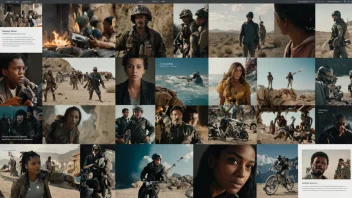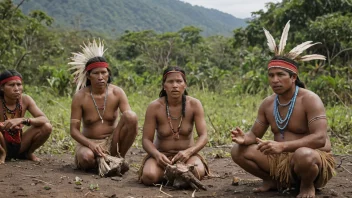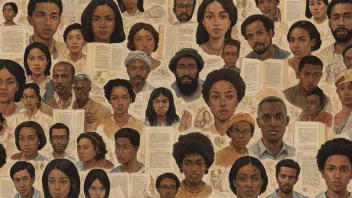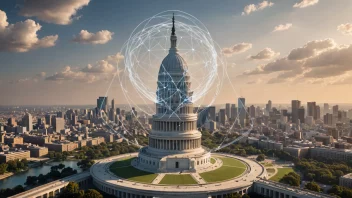What is the relationship between art and science?
Art and science are often seen as two distinct fields, but they share a deep connection. Both seek to explore and understand the world around us, albeit through different lenses. Art can serve as a medium to communicate complex scientific ideas, making them more relatable and accessible to the public.
How can art influence public perception of scientific issues?
Art has the power to shape opinions and provoke thought. By presenting scientific issues visually or through narratives, artists can highlight the importance of these topics, influence public sentiment, and inspire action. For example, a powerful painting or installation about climate change can evoke emotional responses that statistics alone may not achieve.
What are some examples of art addressing scientific issues?
- Climate Change Art: Artists like Olafur Eliasson create installations that encourage viewers to confront environmental issues.
- Public Health Campaigns: Graphic design and visual art have been used in campaigns to promote vaccination and other health measures.
- Science Fiction Literature: Authors like Margaret Atwood explore the implications of genetic engineering and climate change, stimulating public discourse.
Why is it important to bridge the gap between art and science?
Bridging the gap between art and science fosters interdisciplinary collaboration, enriching both fields. It allows scientists to communicate their findings more effectively and helps artists ground their work in real-world issues. This collaboration can lead to innovative solutions and a more informed public.
How can artists and scientists collaborate effectively?
Effective collaboration can occur through joint projects, workshops, and community outreach programs. Artists can help scientists visualize data and concepts, while scientists can provide artists with insights into their work. This exchange of ideas can lead to impactful projects that resonate with a wider audience.
What role does storytelling play in this relationship?
Storytelling is a fundamental aspect of both art and science. It allows complex scientific concepts to be framed within relatable narratives, making them easier to understand. By weaving scientific facts into compelling stories, artists can engage audiences emotionally, leading to a deeper understanding of the issues at hand.
How can the public get involved in art and science initiatives?
The public can participate in art and science initiatives by attending exhibitions, joining community projects, or engaging in discussions around these topics. Many museums and organizations offer programs that encourage public involvement, providing opportunities for individuals to explore the intersection of art and science.
What are the challenges of using art to communicate scientific issues?
One of the main challenges is ensuring that the scientific information is accurate while still being engaging. There can also be a disconnect between the artistic interpretation and the scientific reality, which might lead to misconceptions. It's essential for artists to collaborate closely with scientists to maintain the integrity of the message.
What future trends can we expect in the intersection of art and science?
As technology advances, we can expect more interactive and immersive experiences that blend art and science. Virtual reality, augmented reality, and digital art are likely to play significant roles in how scientific issues are presented to the public. Additionally, the rise of social media will continue to provide platforms for artists and scientists to share their work and engage with audiences.
Final Thoughts: The relationship between art and science is vital for fostering public understanding of scientific issues. By leveraging the emotional and communicative power of art, we can enhance awareness and inspire action on critical topics facing our society today.






